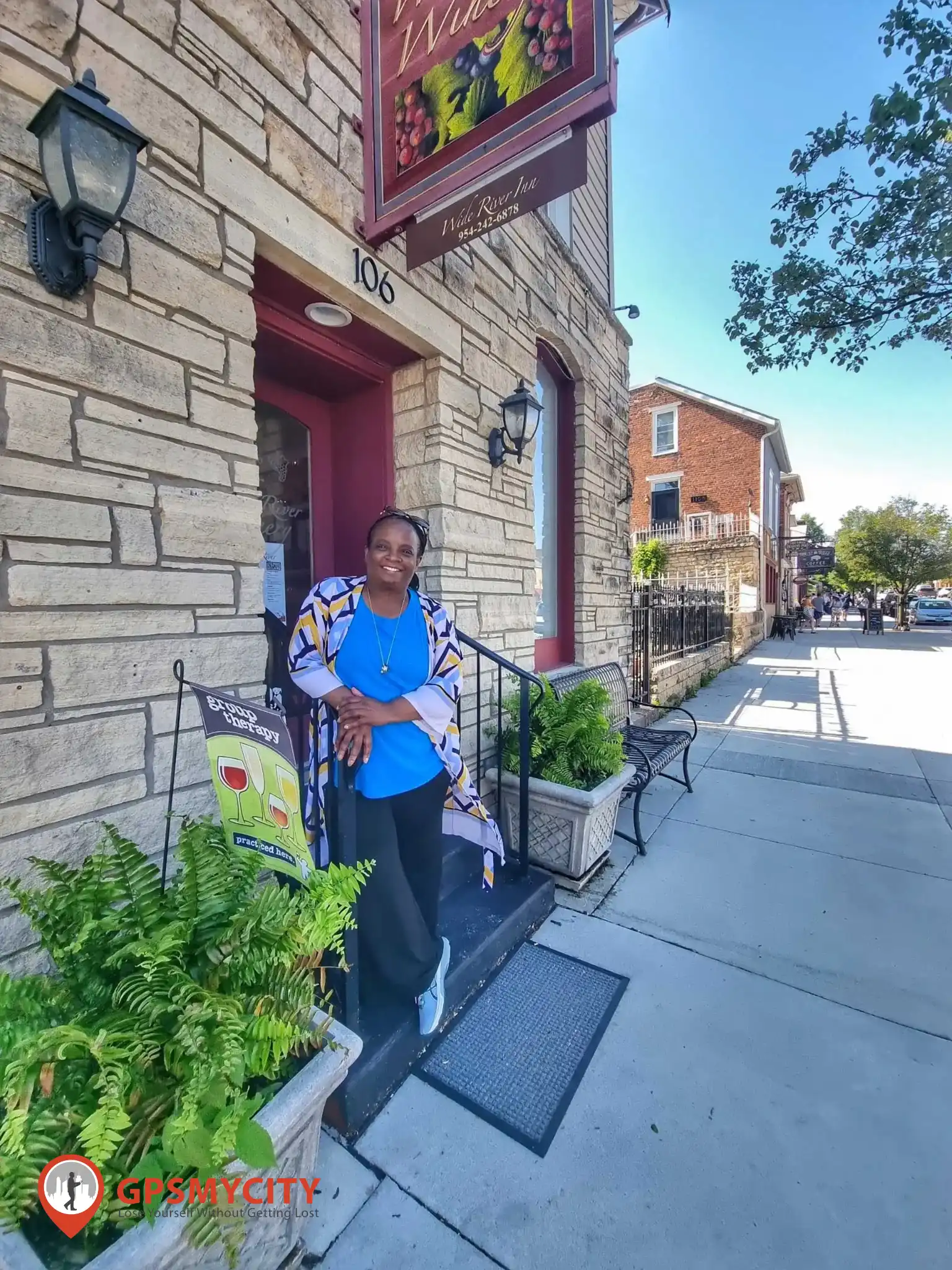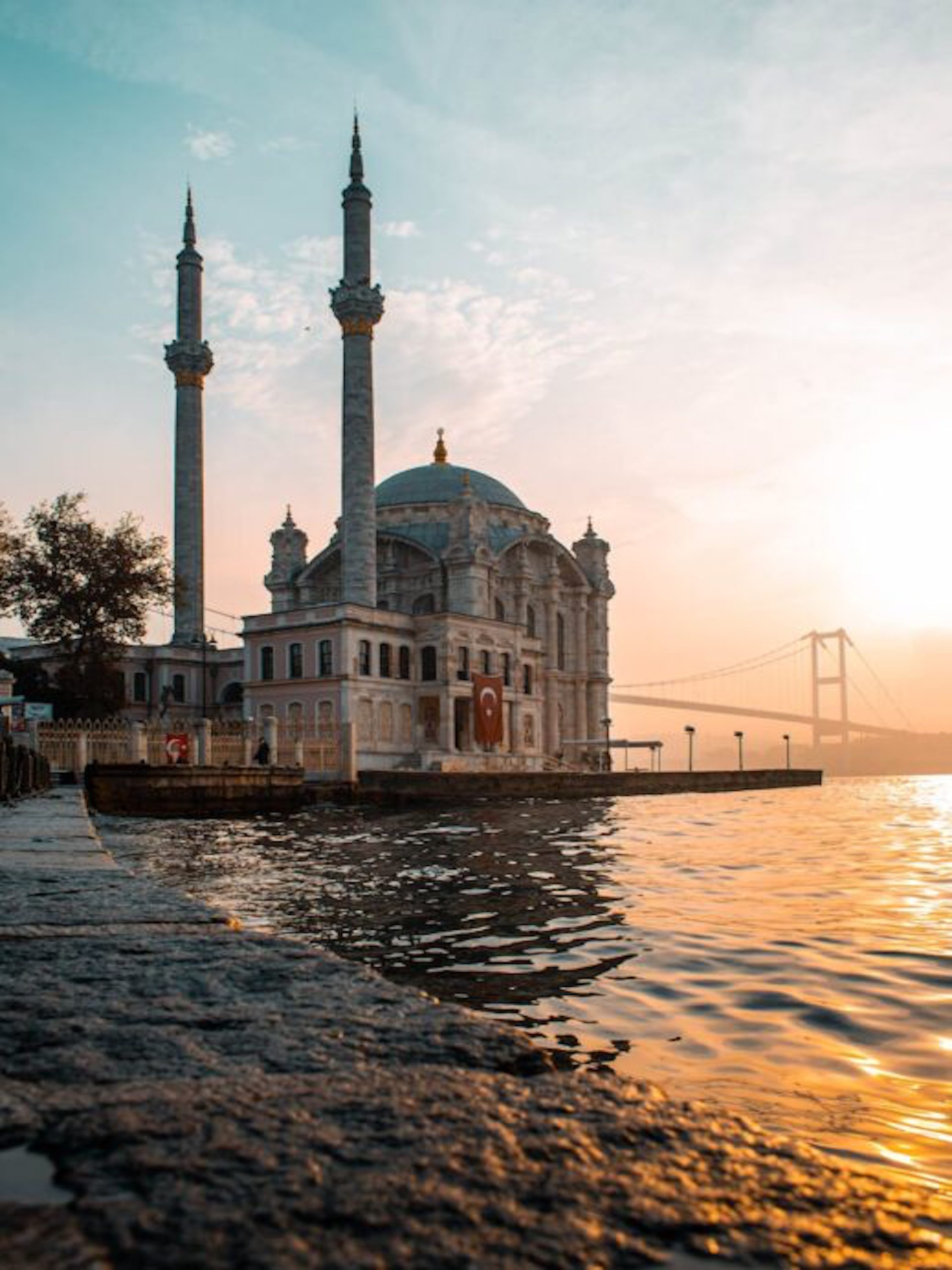|
Getting your Trinity Audio player ready...
|
Navigating the Mean Streets of South Korea
Despite its small size, the massive population shapes today’s vibrant society. Additionally, South Korea strikes a balance between preserving its cultural identity and embracing elements of Western culture. One aspect I found unexpectedly frustrating was walking in the Korean streets. When I first moved here, I had certain expectations – people forming orderly queues, using sidewalks, and politely apologizing if they accidentally bumped into me. Nope, its chaos in these street whether you are peddling, behind the wheel, or “beating feets” in this country. Here are a few tips to help you navigate the mean streets of South Korea safely.
This post is sponsored and/or contains affiliate links, from which I earn a commission at no extra cost to the reader. I appreciate your support and know that all the views expressed are my own.


Korean Culture & the Crowded Streets
However, to my surprise, it’s only sometimes the case. Bumping into people on crowded streets seems more common than I anticipated, and I can count on one hand the number of times I’ve heard someone say, “Excuse me.” It doesn’t happen. You will get pushed from behind, cutoff walking a strsight line. You may even get cut in line if you leave too much space in front of you. Navigating Korea’s streets as a pedestrian has been an eye-opening journey, revealing the real-life dynamics of this country’s culture.

Korean Streets– Understanding the Culture
South Korea is an intriguing country, rich in unique customs, practices, and social norms, which can sometimes leave foreigners like myself feeling a bit perplexed.
To truly grasp the intricacies of South Korean culture, we must take a deep dive into the country’s captivating history, societal structures, and rapid economic development. The fast pace and crowded streets of South Korea can be traced back to the nation’s recovery after the Korean War, which instilled a strong emphasis on efficiency and hard work.

The Fast Pace and Crowded Streets
Behind the swarm-like behavior and rapid pace of life lies the story of a country that had to rebuild itself after the Korean War (1950-1953). This led to an unwavering emphasis on efficiency and hard work, often reflected in the urgency of movement and crowded streets in urban areas. The nation’s philosophy of “ppalli ppalli” (meaning “hurry up” in Korean) signifies this fast-paced lifestyle, mirroring the country’s relentless drive towards progress.
“Don’t run!” is my constant plea to my Korean friends, but it seems to fall on deaf ears. Whenever they spot me waiting for them, they unleash their inner Usain Bolt and sprint towards me as if I’m about to vanish into thin air. It’s a hilarious phenomenon because we’re not exactly racing to a life-or-death situation. It’s just their natural instinct to walk at lightning speed. I asked my Korean friends why they’re always in such a hurry, and their response left me chuckling. It’s just a shared cultural norm to walk fast for no reason. So here I am, constantly trying to keep up with their Olympic-level walking pace, all in the name of friendship.

The Impact of Technology and the Fast-Paced Lifestyle
I’ve noticed something quite peculiar. Many Koreans have mastered the art of avoiding direct observation of their surroundings. It is almost as if they possess a superpower to dodge eye contact (and cars). South Koreans utilize their commutes. It’s a time for social media catch-up, message responses, and digital content enjoyment. Phone zombies mindlessly step into the crowded streets and crosswalks before cars even come to a stop or casually stroll across the street while completely engrossed in their phones. It’s a sight that can be both fascinating and scary.

Street Walkers
Phone Zombies & Ajummas
I can’t tell you how many times I’ve people yanked out of harms way. It happens every single day. However, phone zombies are not exclusive to South Korea. You can spot them in many high-tech, fast-paced societies around the world.
And I’ll never understand why so many people choose to walk in the street when there are perfectly good sidewalks on either side. Apparently the ajummas and adashis (old women and men) have decided they were here before the cars, so they should have the right of way. I’ve seen too many people yanked from certain injury or possible death simply because they weren’t paying attention to their surroundings.
However, this observation, along with the rather concerning statistics regarding pedestrian accidents on Korean streets, leaves me both puzzled and worried. South Korea is the number one country for pedestrian, automobile, and infant deaths for not using car seats. It’s alarming to see so many kids happily bouncing around the inside of a car.
Group Dynamics on Crowded Streets
The importance of group cohesion in South Korea is no joke! It’s like a cultural glue that holds everyone together. You can spot it everywhere you look from the crowded streets of white, black, and grey cars. And then there’s the fashion trends that go beyond the realm of fun and straight into FOMO territory. But the real pièce de résistance? The obsession with wearing masks even after the government gave the green light to ditch them.
However, most locals (especially in Daegu) continued to sport their trusty face coverings. They did it out of the fear of not conforming to the group norm, even though most of them longed to let their faces breathe free.
This cultural aspect is probably why most traffic lights have a left turn arrow. I can’t even imagine leaving left turns up to the drivers’- it would be chaos. Some rural roads have an unprotected left turn that doesn’t require a turn signal.
Impatience is another contributor to the bad driving. It’s also why drivers speed over speed bumps, don’t stop begore turning right on red, or slow down at csution or warning blinking lights. So be wary.
Physical Contact and Personal Space
The relaxed attitude towards physical closeness in crowded spaces in South Korea takes the concept of personal space to a whole new level. New in that– it doesn’t exist. Seriously, I’ve had conversations where it felt like the Korean language itself was used as a weapon. Words fly around like projectile missiles. I’ve become a master of stealthy gymnastics just to create a tiny bubble of distance between me and others. And let me tell you, my braids have become the ultimate target. I’ve lost count of the number of times I’ve felt someone sneakily tugging on them in the midst of crowded streets or a bustling market. It’s like my braids have their own fan club, dedicated to giving them an impromptu tug-of-war session.

Tinted Windows
i am also perplexed at tge Korean aversion to sunlight. Not only will many Koreans tint their car windows with dark limo tint, they will tint their windshield. This is so dangerous and probably is a direct or tangential reason for some of the accidents.
Rapid Westernization
Furthermore, the story of South Korea’s rapid westernization is a journey that began after the Korean War and is ongoing to this day. The country’s economic development and globalization have profoundly impacted various aspects of Korean life. It is a fascinating exploration of the interplay between traditional Korean customs and the influences of the West, resulting in a unique fusion of the old and the new.
Drivers Licenses
To drive in Korea, a valid driver’s license is required, and the test is similar to the one taken by Koreans. The road signs, a combination of Hangul and English, may be challenging, so it’s crucial to study them before the online exam, for which you have two attempts before a waiting period for retaking. Additionally, a vision test is mandatory, and if you wear eyeglasses, ensure you have them during the examination. While a driving test is not necessary, presenting your US driver’s license is required. Upon passing the test, you can collect your license on the 3rd floor of Soldier’s Plaza (building 330) at Camp Walker.
An international driver’s license serves as a suitable substitute for driving and renting a car for individuals visiting Korea.
Conclusion
It’s not all bad though. I’ve never been stopped by a policeman despite receiving numerous driving and parkinh tickets. And the reststops are amazing places to experience another aspect of Korean life.
As I drive headfirst into the crowded Korean streets, I promise to keep my sense of humor intact. After all, how can I resist the urge to crack a few jokes while exploring the little quirks and idiosyncrasies that make South Korea so wonderfully unique? I promise to do my best and keep the cursing down to a reasonable level. So, with an open mind and a sprinkle of levity, I’m ready to unravel the mysteries, embrace the surprises, and gain a deeper understanding of the incredible people I’ve been lucky enough to share over eight years of my life with.
Like it? Pin it!

This post contains sponsored and/or affiliate links, and I earn a commission at no extra cost to you. I appreciate your support and stand by my views. Thank you for reading this post. Don't forget to subscribe!
Discover more from Duffel Bag Spouse Travels
Subscribe to get the latest posts sent to your email.




